This article by is part of Touchpoint Vol. 10 No. 3 - Managing Service Design Discover the full list of articles of this Touchpoint issue to get a sneak peek at more fascinating articles! Touchpoint is available to purchase in print and PDF format.
Decoding a complex landscape
Many factors in India continue to draw the attention and investment of companies from abroad. Its strong GDP growth, youthful demographics1 and thriving global startup culture have led to an influx of new products and services aimed at the Indian consumer. As India and its people rapidly evolve, companies view the country as both a huge playground of untapped opportunities and a mysterious, complicated puzzle to solve. Recently at the Innovation Social Global conference, a CEO asked our team: “Tell me how companies become successful in India. What’s the secret?”
This question, although broad, was direct and valid. We had no single answer. In addition to the country’s demographic, economic and cultural diversity, there is also unequal access to products and services and inconsistent infrastructural support. Because of such challenges, companies have a hard time figuring out how to introduce differentiated products and services that create and sustain loyalty from the Indian audience.
Despite these challenges, global companies such as Google, Uber and IKEA have made inroads into the market. They have done so through the introduction of differentiated, value-added products and services or by shifts in their business models. For instance, Google introduced YouTubeGo after studying the infrastructural limitations of wi-fi and mobile network coverage. Unique features, such as watching videos offline and providing a preview of videos, let the user decide how they want to use their mobile data. Such features address user needs in a way that is relevant to contextual constraints.



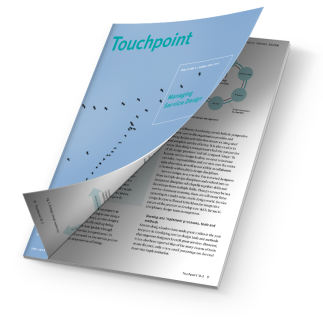
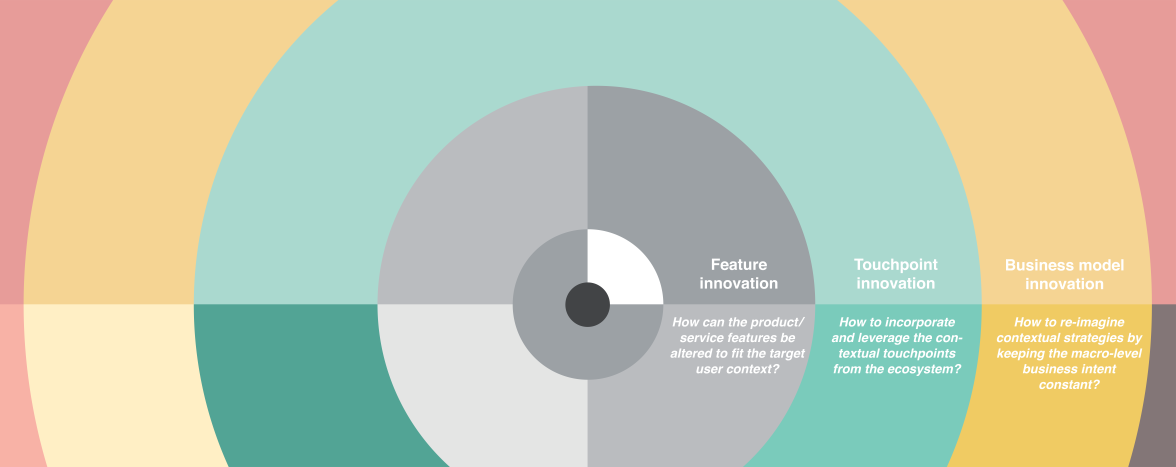
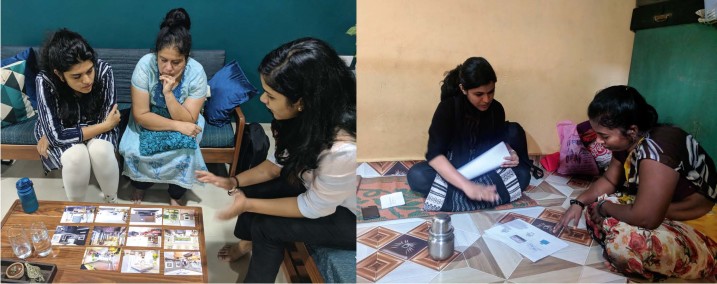
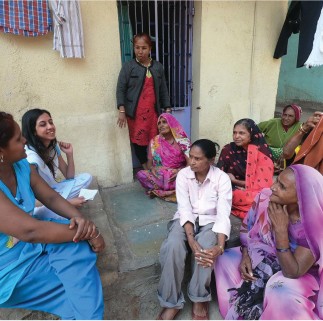

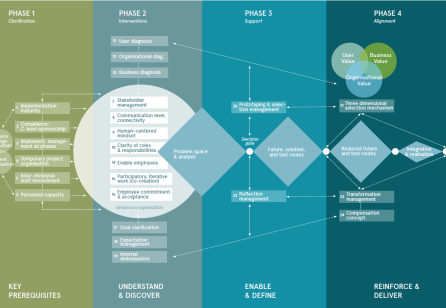
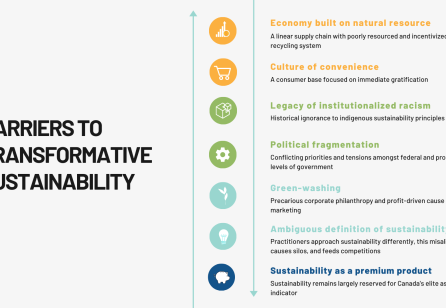
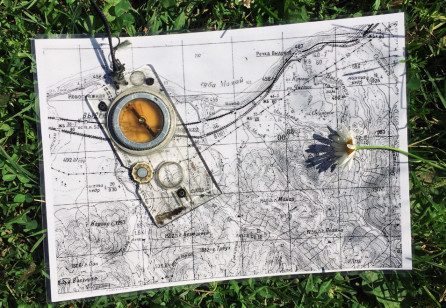

Share your thoughts
0 RepliesPlease login to comment